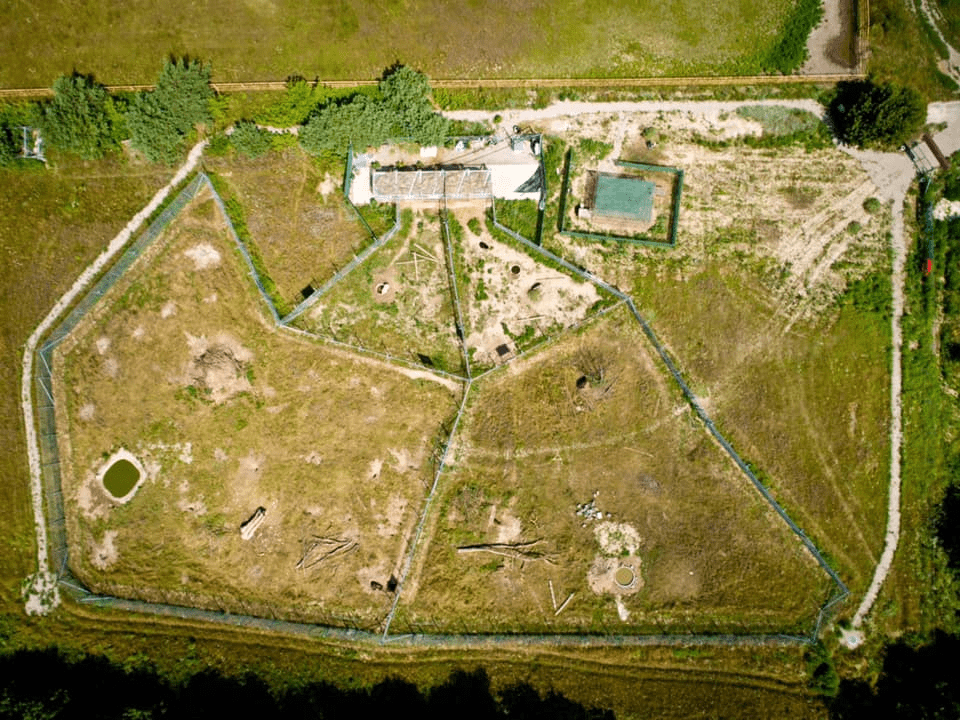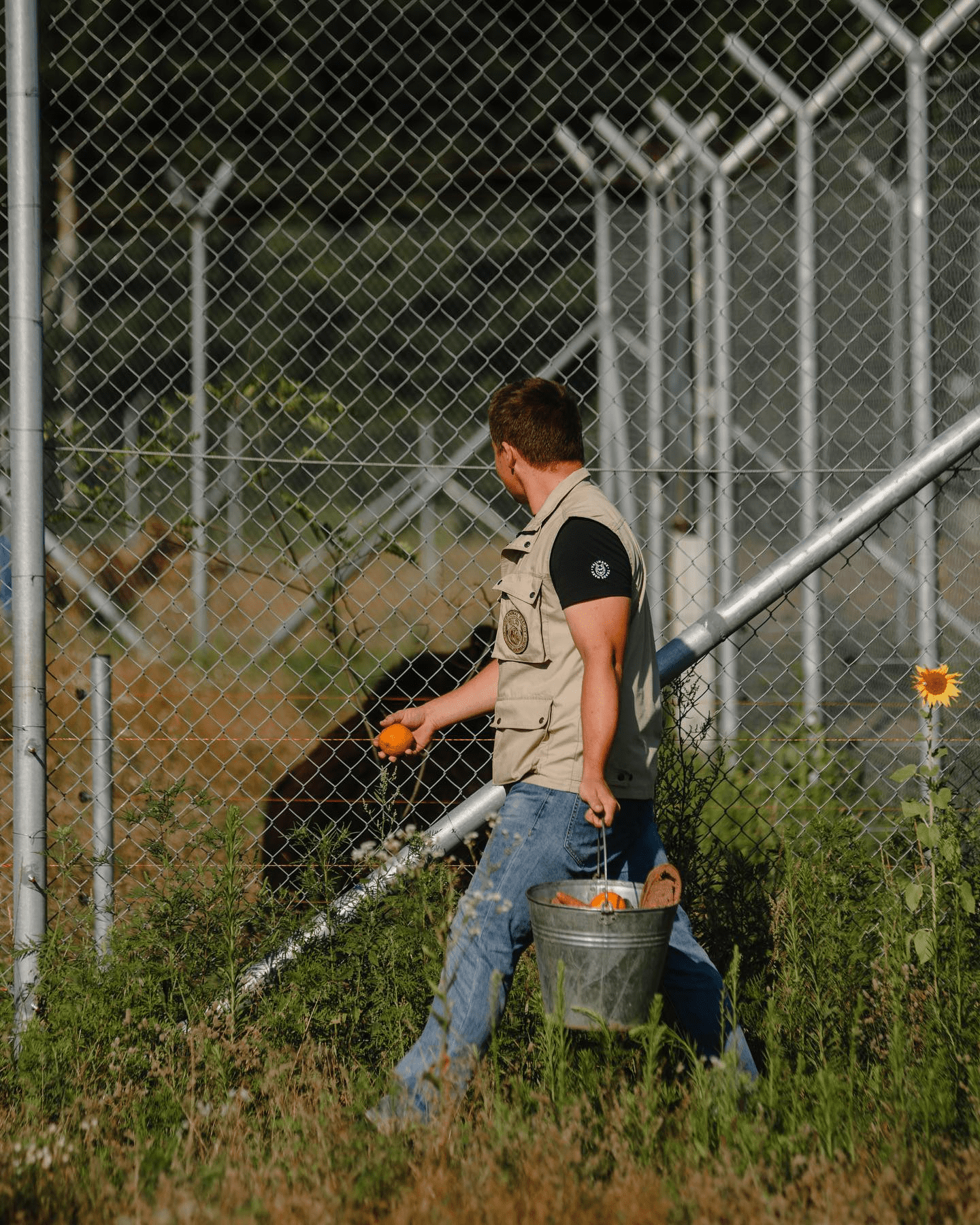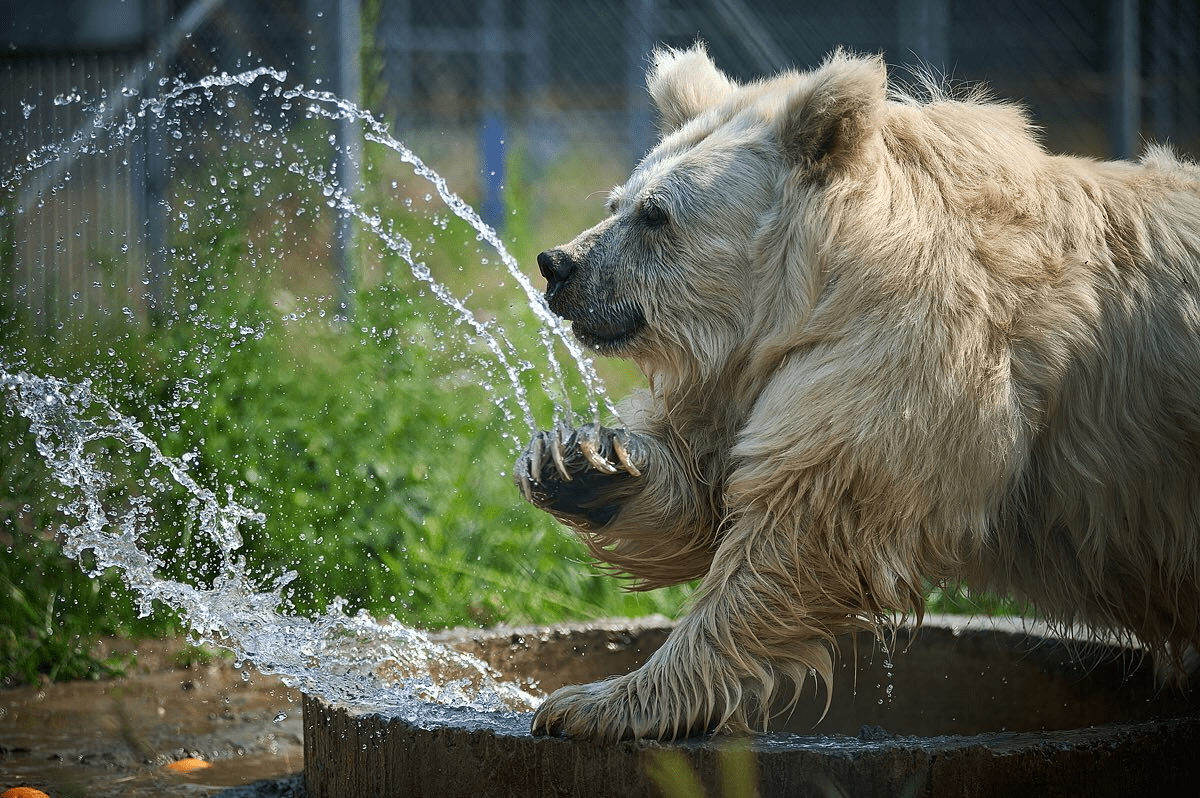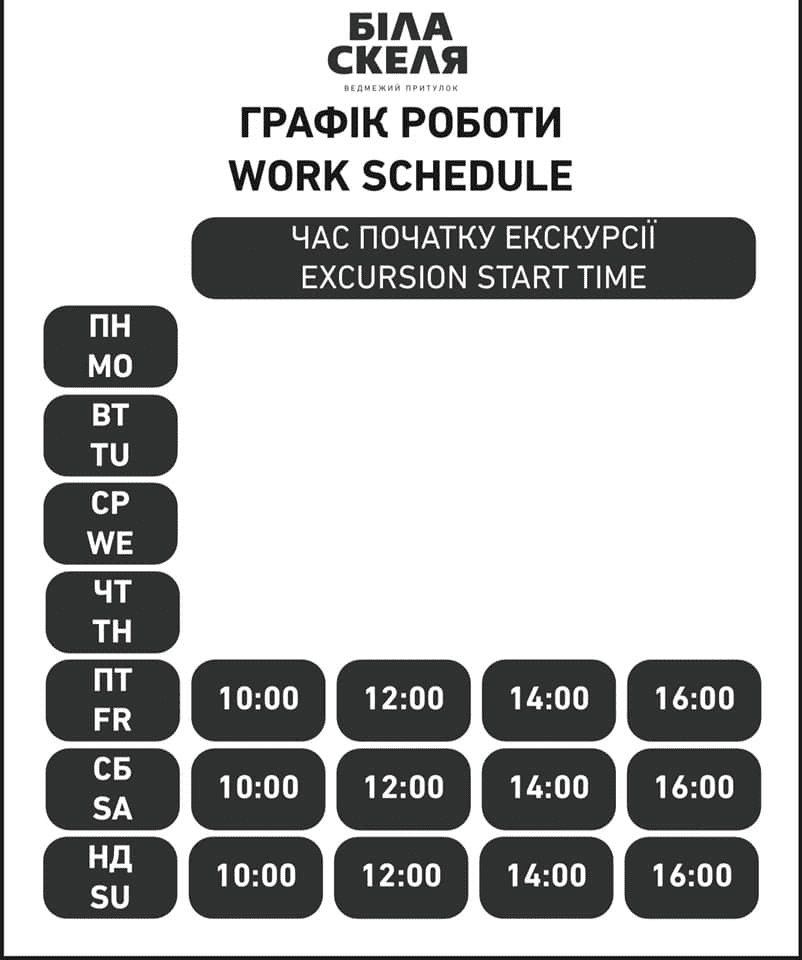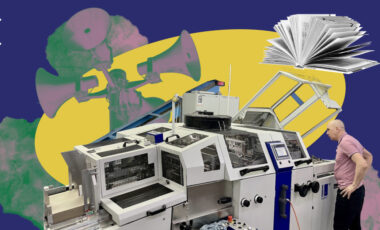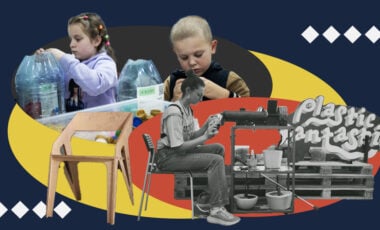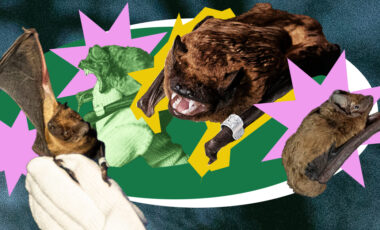Retired animals: the solution, saving bears after "work" in private zoos
We talk about how bears are rehabilitated after circuses and why it's better not to take a "photo with a bear."
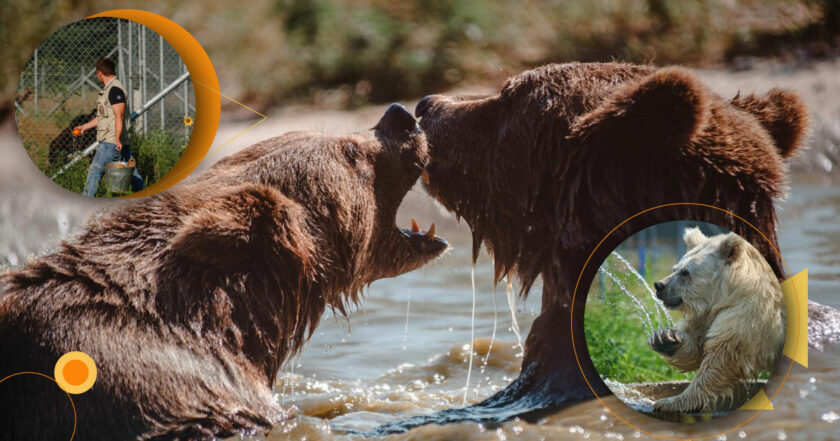
Five bears have settled in the village of Chubynske, Boryspil district, Kyiv region. They live in the open air, in enclosures that reproduce one of the typical habitats of the brown bear. There are dens, wells, and even artificial ponds so that bears can do water treatments and feel as if they're really in the wild.
How do bears live in a rehabilitation center?
This is the shelter of brown bears, "Bila Skelia," which existed for several years in the Zhytomyr region, and has now moved to Kyiv. The purpose of the rehabilitation center is to rescue bears suffering from human cruelty, rehabilitate and treat them after circuses, training hunting centers, and menageries, maintain them for life, or transfer them to other rehabilitation centers. Since its establishment, ten bears have been rehabilitated at the shelter. Five of them moved to the Bila Skelia partners at the Domazhyr Bear Shelter in the Lviv region. The other five, Mikhasyk, Liubochka, Synochok, Chada and Malvina, live in the Bila Skelia. By the way, all the animals in the shelter are sterilized. The owners say: "We want fewer bears kept in captivity, not more."
Here the animals feel relaxed, and show the greatest activity in the morning. Rubryka visited the shelter just at the time when the bears were swimming, playing with each other, and enjoying the delicacies they found in the enclosure. By the way, bears aren't fed from bowls, but by throwing vegetables, fruits, and fish into cages so that the animals find them themselves. It's done to stimulate the natural behavior of animals and make them run, search, dig, swim and climb. For example, the old, almost blind bear, Chada, loves to approach the well and splash water from it, so she did during our visit.
But such behavior is acquired by the residents of the shelter, and first, as soon as the animals get to the "Bila Skelia," they have to adapt and get used to the new living conditions.
Rehabilitating a bear isn't an easy task for zoologists
In an interview with Rubryka, Maryna Shkvyria, co-owner of Bila Skelia and chief zoologist at the Kyiv Zoo, said that this period is the most difficult for bears. When a bear arrives at a shelter, it's first housed in an adaptation box, where it regains consciousness after anesthesia. Only after that do they open the exit to the enclosure and here begins the most difficult part.
"It's easier to save a bear from a cage than to get a cage out of a bear," says Maryna. Animals have to be taught to graze on the grass, spend the winter in a den, and climb into reservoirs, but first of all, it's necessary to 'lure' a bear out of a cage.
For example, the bear Mykhasyk risked going to the enclosure only a week later. Until then, he had been sitting in a tiny metal cage, which was his only home, before moving to the shelter. The first day he hesitated for a long time whether to get out of the box. He got so used to captivity, and then sped up and ran. For the first time in his life, he ran and dived into the pond. Now he has mastered the enclosure and doesn't live here alone, because a year later after he got to the shelter, they brought two more circus bears, Liubochka and Synochok.
Synochok was afraid to leave the cage even longer, for two weeks. Only after the dentists arrived and anesthetized the animal was the adult bear taken to the enclosure while he slept. Maryna remembered the first time he passed by the pond on his stomach; it was so scary for the animal because the bear had never seen the pond in his life before moving to the shelter. All animals adapt differently, but there's a tendency: the less the bear spent in distress, the faster it will get used to semi-wild conditions.
Will they allow petting a wild animal in a shelter?
Everyone can visit the Bila Skelia, but it's not done to entertain people, but for enlightenment. Choosing between the leisure of guests and the needs of bears, the "Bila Skelia" staff will give preference to the needs of bears. In particular, animals won't be called to come closer to people for the sake of a good video, they're not allowed to feed and even more so to be touched. The shelter opens its doors to visitors so that as many people as possible change their consumer attitude towards wild animals and respect them.
Several bears in the shelter were deliberately placed at a great distance from the way of visiting. For example, Malvina, rescued from the horrible Pokrovsk menagerie, is still very scared of people, and letting visitors near her is extra stress for the animal.
How to become a parent of a bear?
Maryna Shkvyria founded the shelter together with her husband. The couple is professional zoologists and maintains the rehabilitation center at their own expense. The construction of the Bila Skelia cost more than 2 million hryvnias, and the maintenance of its vital activity costs 800 thousand hryvnias a year. The initiators of helping animals, freeing them from captivity and allowing them to live life in normal conditions, consider it their mission and aren't going to stop, and everyone who's also not indifferent to the life of animals can help the shelter financially.
The Bila Skelia doesn't accept food from visitors without prior arrangement due to difficulties with storage, quality control, and special rations, but allows becoming a mother or father of a bear cub. "Adoption" of bears is a program that helps the center stay afloat and develop a project to help wild animals. And it gives people the opportunity to enjoy the feeling of care for the chosen bear and effective participation in their life.
Becoming a guardian for a week and joining the Bear Friends Club is easy. All you need is:
- choose a bear;
- transfer 1000 hryvnias to the shelter's account;
- send the nickname of the bear of your choice, the number of the Nova Poshta branch (for guardians from Ukraine), and the phone number to receive a Guardian Certificate to Facebook Messenger, Instagram Direct, or via e-mail.
Such guardianship can be given to children, relatives, and friends. This is the weekly maintenance of a bear. More information and invoices can be found here.
How to visit the shelter?
You can only come to the Bila Skelia on Fridays, Saturdays, and Sundays.
- Address: Chubynske village, Lypneva Street, 1.
The shelter is located near the Hippodrome. To get there, you need to follow the signs, go under the barrier, immediately after that, you'll see a parking place. If you continue along the path to the left of the Hippodrome, you will be able to get to the shelter. Entrance to the territory is paid.
- Entrance ticket price: for adults, 100 UAH; for children from 6 to 14 years, 50 UAH; for privileged categories of visitors (people with disability of I and II groups, participants of liquidation of consequences of the Chernobyl accident of I category, participants of hostilities), 50 hryvnias. Preschoolers can come for free if they're with their parents (not a separate group).


